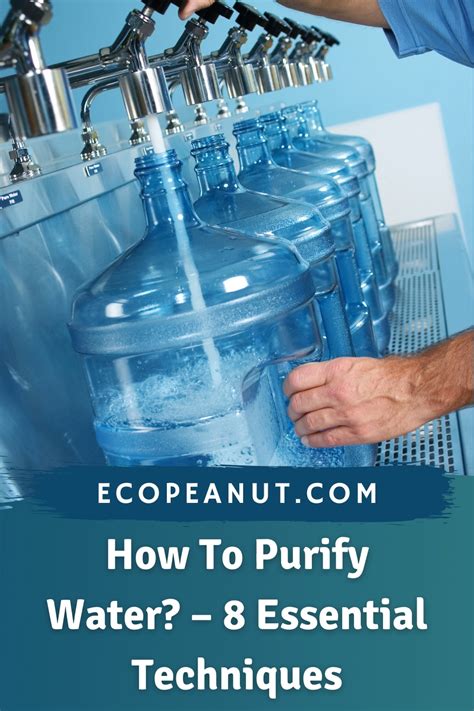How to Purify Water: Safe Drinking Water Methods for Any Situation
Access to clean, safe drinking water is crucial for survival and good health. Unfortunately, not everyone has access to readily available purified water. This comprehensive guide will explore various methods for purifying water, ensuring you know how to make water safe to drink in various situations, from a camping trip to a natural disaster.
Understanding Water Contamination
Before diving into purification methods, it's vital to understand what contaminates water. Sources of contamination include:
- Biological Contaminants: Bacteria, viruses, and parasites are the most significant health risks. These microscopic organisms can cause a range of illnesses, from mild diarrhea to life-threatening cholera.
- Chemical Contaminants: Industrial waste, agricultural runoff, and even household chemicals can pollute water sources. These chemicals can have acute and long-term health consequences.
- Physical Contaminants: Sediment, dirt, and other particulate matter can make water unsafe to drink, even if it's initially free from biological and chemical contaminants.
Methods for Purifying Water
Several methods can effectively purify water, each with its own pros and cons. The best method will depend on the level of contamination and the resources available.
1. Boiling
Boiling is perhaps the simplest and most effective method for killing most harmful bacteria, viruses, and parasites.
- How to: Bring the water to a rolling boil for at least 1 minute. At higher altitudes, you may need to boil for longer.
- Pros: Simple, readily accessible, effective against most biological contaminants.
- Cons: Doesn't remove chemical contaminants or physical impurities, requires a heat source.
2. Water Filter
Water filters come in various forms, from simple gravity filters to more advanced portable filters.
- Types: Ceramic filters, activated carbon filters, and membrane filters (like those found in many household water pitchers) offer different levels of filtration.
- Pros: Removes physical contaminants and many chemical contaminants. Some remove bacteria and viruses.
- Cons: Cost can vary greatly; some require replacement filters; effectiveness depends on the filter type and quality.
3. Water Purification Tablets
Water purification tablets contain chemicals like iodine or chlorine dioxide that kill harmful microorganisms.
- How to: Follow the instructions carefully, as dosage varies depending on the tablet type and water volume.
- Pros: Lightweight, portable, effective against most biological contaminants.
- Cons: Can alter the taste of water; some people are sensitive to iodine or chlorine; may not remove all chemical contaminants.
4. Solar Disinfection (SODIS)
Solar disinfection is a simple and effective method for purifying water using sunlight.
- How to: Fill a clear plastic bottle with water and leave it in direct sunlight for at least 6 hours. UV radiation from the sun will kill most harmful microorganisms.
- Pros: Free, requires no special equipment, effective against many biological contaminants.
- Cons: Requires clear sunlight; doesn't remove chemical contaminants or physical impurities; time-consuming.
5. DIY Water Filter
In emergency situations, a simple DIY water filter can be constructed using readily available materials like cloth, sand, gravel, and charcoal. However, this method is less reliable than commercial filters and may not remove all contaminants.
Choosing the Right Method
The best method for purifying water depends on your specific situation:
- For camping: Boiling or using a portable water filter are excellent options.
- For emergencies: Water purification tablets or SODIS can be effective, but boiling remains the gold standard if fuel is available.
- For long-term use: A high-quality water filter or a household water purification system may be necessary.
Remember: Always prioritize safe water sources. When in doubt, purify your water before drinking it. Prevention is always better than cure. Your health depends on it!
